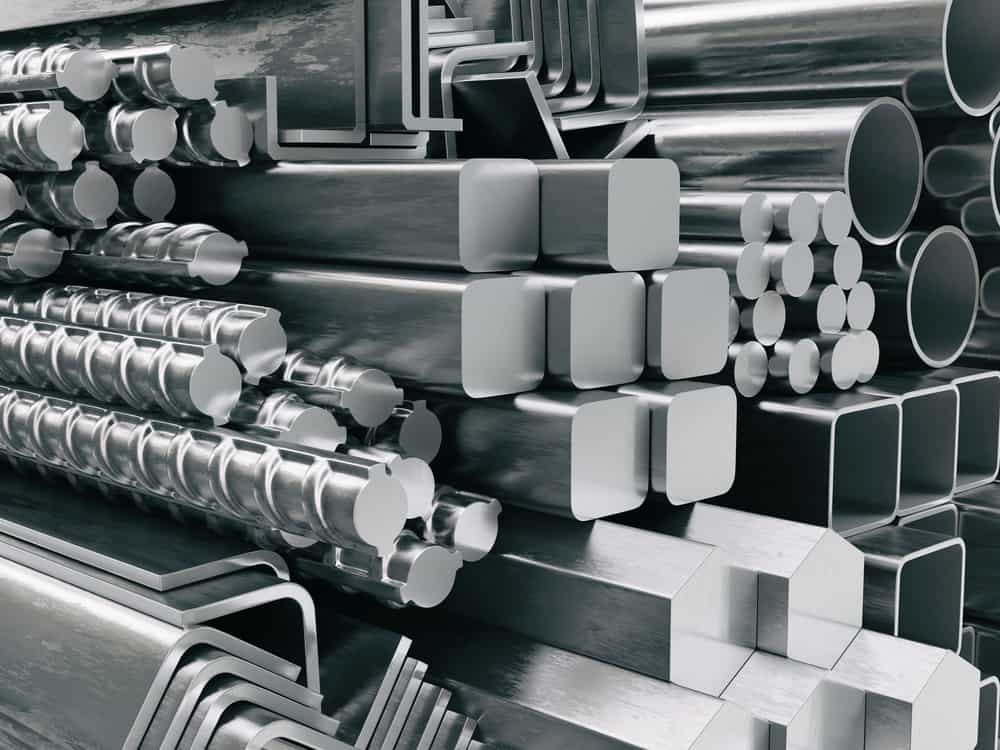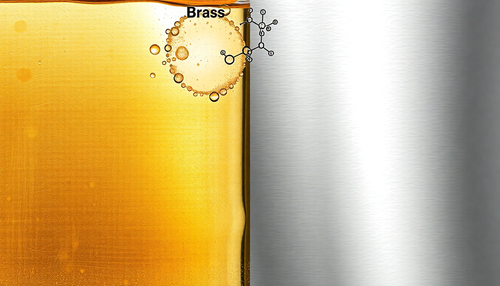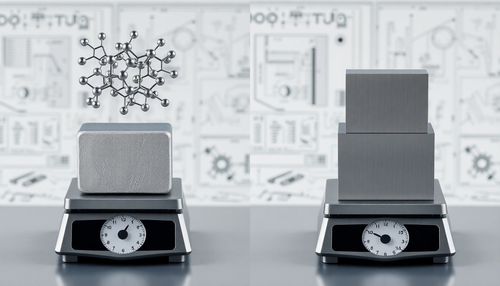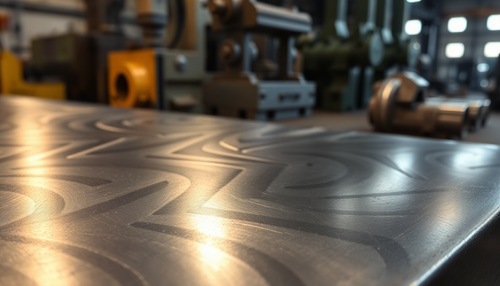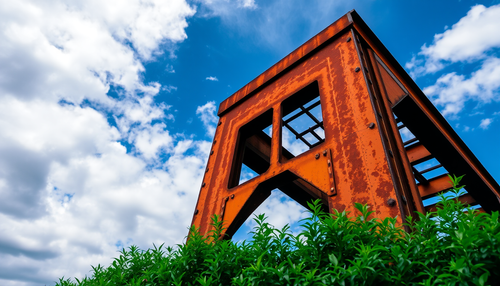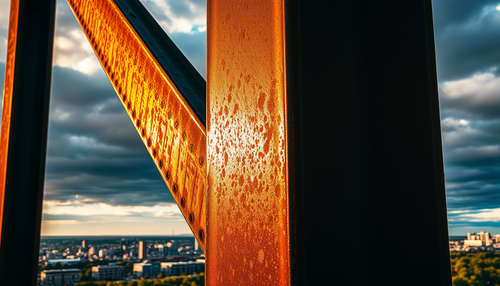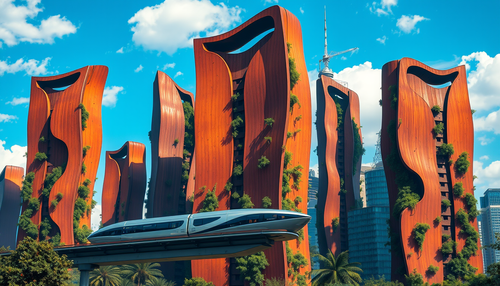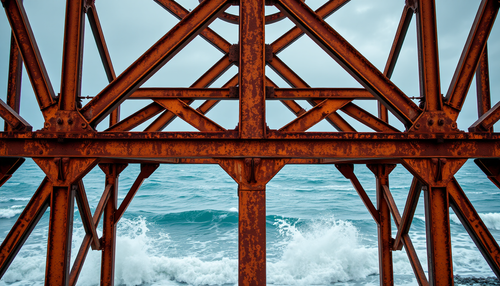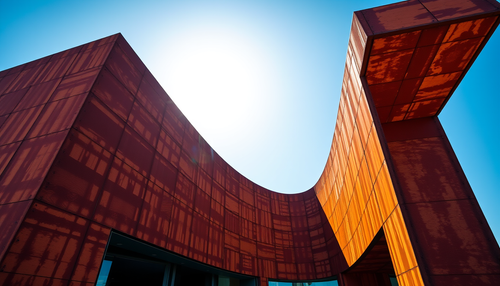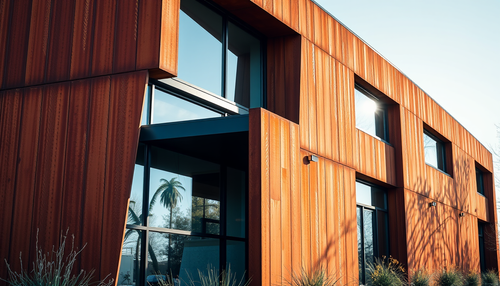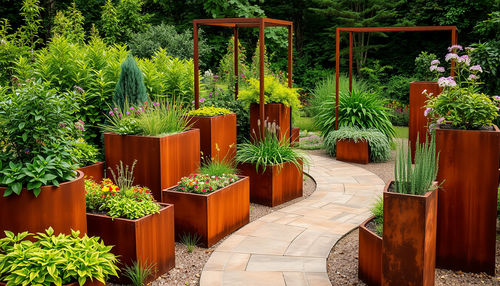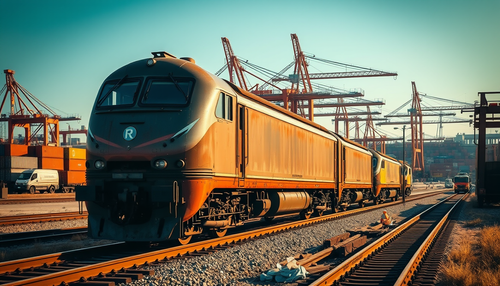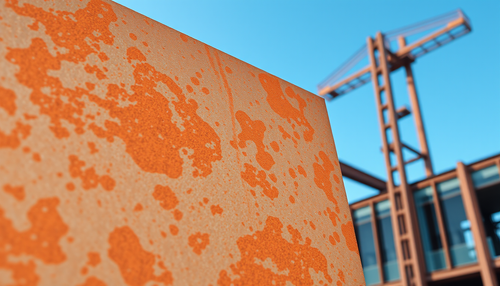
Type of surface finish and process route of semi-finished products, rebars and wires, bars and profiles (EN 10088-3)
| Conditions | Recommended use and observations | |||
| EN 10088-3 | Symbol | Surface Finish | Process route type | |
| Hot formed | 1U | Covered with inlay (on site if necessary). Not free from surface imperfections. | Hot formed, not heat treated, not descaled. | Suitable for products to be subsequently hot formed. |
| 1C | Hot formed, heat treated, not descaled. | Geeinet für weiterzuverarbeitende Erzeugnisse (hot or kalt). | ||
| 1 AND | Largely free of scale (but some black spots may remain). Not free from surface imperfections. | Hot formed, heat treated, mechanically descaled | Suitable for products to be further processed (hot or cold). | |
| 1D | Free from scale (local grounding if necessary). Not free from surface imperfections. | Hot formed, heat treated, pickled, coated (optional). | Products used in their current state or to be processed further (hot or cold). | |
| 1X | Free from scale (but some marks left by machining may remain). Not free from surface imperfections. | Hot formed, heat treated, rough machined | ||
| 1G | Bright but not uniform appearance, free from surface defects. | Hot formed, heat treated, descaled, rough machined or shaved in the case of shank. Finishing by material removal | Suitable for severe applications (extrusion and/or cold or hot head). Surface roughness can be specified. | |
| Cold processed |
2H | Smooth and matte or shiny. Not necessarily polished. Not free from surface imperfections | Finishes 1 E, 1 D or 1 X, cold processed, coated (optional). | In products formed by cold drawing without subsequent heat treatment, tensile strength is substantially increased, especially in austenitic materials, depending on the degree of cold processing. The surface hardness may be higher than the core hardness. |
| 2D | Smooth and matte or shiny. Not free from surface imperfections | 2H finish, heat treated, pickled and ironed (optional), coated (optional). | This finish allows the restoration of mechanical properties after cold processing. Products with good ductility (extrusion) and specific magnetic properties. | |
| 2B | Smooth, uniform and shiny. Free from surface imperfections. | 1E, 1D or 1X finishes, cold processed, mechanically smoothed. | Products used in their current state or intended for better finishing. In products formed by cold drawing without subsequent heat treatment, tensile strength is substantially increased, especially in austenitic materials, depending on the degree of cold processing. The surface hardness may be higher than the core hardness. | |
| 2G | Smooth, uniform and shiny. Free from surface defects. | 2H, 2D or 2B finishes, ground without center, mechanically smoothed (optional) | Finishing to close tolerances. Unless otherwise agreed, the surface roughness must be Ra ≤ 1.2. | |
| 2P | Smoother and brighter than the 2B or 2G finish. Free from surface defects. | 2H, 2D, 2B or 2G finishes, specular polishing | Products with a well-kept surface appearance. Surface roughness must be specified at the time of inquiry and order. | |
Type of process route and surface finish of sheets, plates and strips (EN 10088-2)
| EN 10088-2 | Symbol (2) | Process route type | Surface Finish | Grades |
| Hot rolled | 1U | Hot rolled, not heat treated, not descaled | Covered with escalator | Suitable for products that must be further worked, for example strips for re-rolling. |
| 1C | Hot rolled, heat treated, not descaled | Covered with escalator | Suitable for parts that will be descaled or machined in subsequent production or for certain heat-resistant applications. | |
| 1 AND | Hot rolled, heat treated, mechanically descaled. | Scale-free | The type of mechanical descaling, for example coarse grinding or blasting, depends on the type of steel and product and is at the discretion of the manufacturer unless otherwise agreed. | |
| 1D | Hot rolled, heat treated, pickled. | Scale-free | Generally standard for most types of steel to ensure good corrosion resistance; also common finishing for further processing. The presence of rectification marks is permitted. Not as smooth as 2D or 2B. | |
| Cold rolled | 2H | Hardened work | Bright | Cold worked to obtain a higher level of resistance. |
| 2C | Cold rolled, heat treated, not descaled | Smooth with heat treatment inlay | Suitable for parts that will be descaled or machined in subsequent production or for certain heat-resistant applications. | |
| 2E | Cold rolled, heat treated, mechanically descaled | Scale-free | Generally applied to steels with incrustations that are very resistant to pickling solutions. May be followed by pickling. The surface roughness depends on the mechanical descaling method and may differ depending on whether the surface is, for example, sandblasted or brushed. | |
| 2D | Cold rolled, heat treated, pickled | Soft | Finished for good ductility, but not as smooth as 2B or 2R. | |
| 2B | Cold rolled, heat treated, pickled, ironed skin | Smoother than 2D | Most common finish for most types of steel to ensure good corrosion resistance, smoothness and flatness. Also common finishing for further processing. The passage of the skin can be by leveling the tension. | |
| 2A | Cold rolled, heat treated, bright pickled, ironed skin | Softer and more reflective than 2D | Typical finish for ferritic grades when high reflectivity is desired. | |
| 2R (3) | Cold rolled, bright annealed | Smooth, shiny, reflective | Softer and brighter than 2B. Also common finishing for further processing. | |
| 2T | Cold rolled, hardened and tempered, without scale | Scale-free | Hardened and tempered in a protective atmosphere or descaled after heat treatment. | |
| Special finishes |
1G or 2G | Land (4) | See footnote (5) | The degree of grain or surface roughness can be specified. Unidirectional texture, little reflective. |
| 1J or 2J | Brushed or matte polished (4) | Softer than the ground. See footnote | The degree of the brush or polishing belt or the surface roughness can be specified. Unidirectional texture, little reflective. | |
| 1K or 2K | Satin enamel (4) | See footnote (5) | Additional specific requirements for a “J” type finish in order to achieve corrosion resistance suitable for marine and exterior architectural applications forms. Transverse Ra < 0.5 μm with clean cut surface finish. |
|
| 1P or 2P | Bright polished (4) | See footnote (5) | Mechanical polishing. Process or surface roughness can be specified. Non-directional, reflective finish with a high degree of image clarity. | |
| 2F | Cold rolled, heat treated, leather ironed on rough rollers | Uniform non-reflective matte surface. | Heat treatment by bright annealing or by annealing and pickling. | |
| 1 million | Printed | Project to be combined; 2nd flat surface | Checkered plates used on floors. | |
| 2 million | A fine textured finish used primarily for architectural applications. | |||
| 2W | Wavy | Project to match | Used to increase resistance and/or for cosmetic purposes. | |
| 2L | Colorful (2) | Color to match | ||
| 1S or 2S | Coated surface (2) | Coated with, for example, tin, aluminum. |
Footnote:
- Not all process routes and surface finishes are available for all steels.
- First digit: 1 = hot rolled, 2 = cold rolled.
- Can be applied to the skin.
- Only one surface, unless specifically agreed at the time of consultation and order.
- Within each finish description, surface characteristics may vary and more specific requirements may need to be agreed between the manufacturer and purchaser (e.g. degree of grain or surface roughness).

